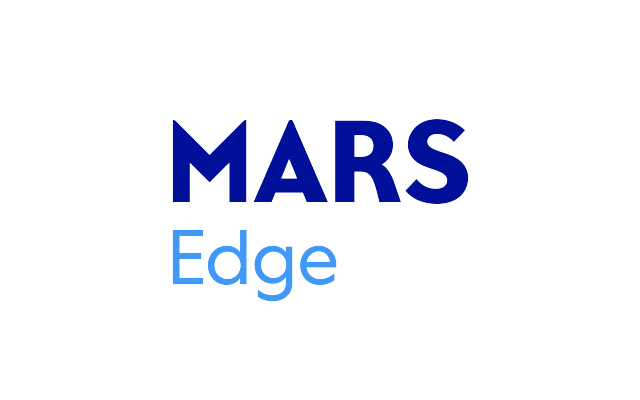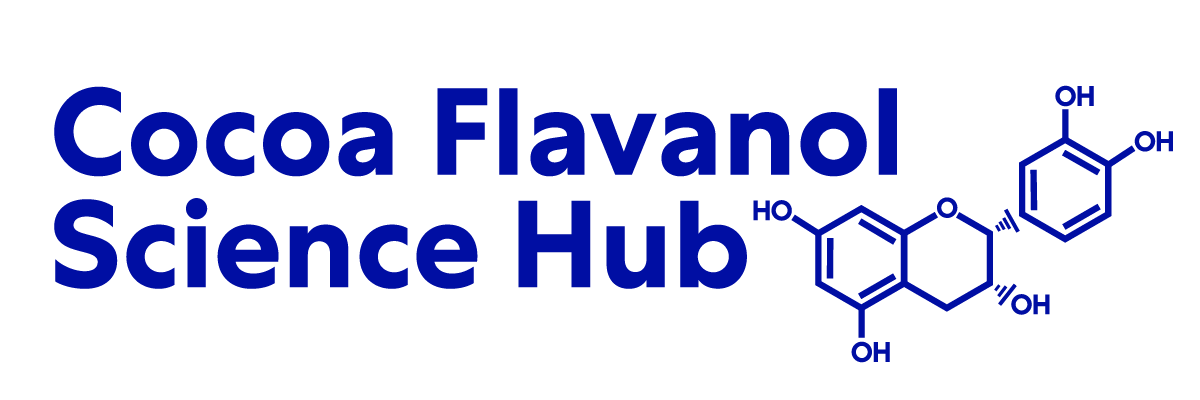Taking cocoa flavanol analytics to the wider world
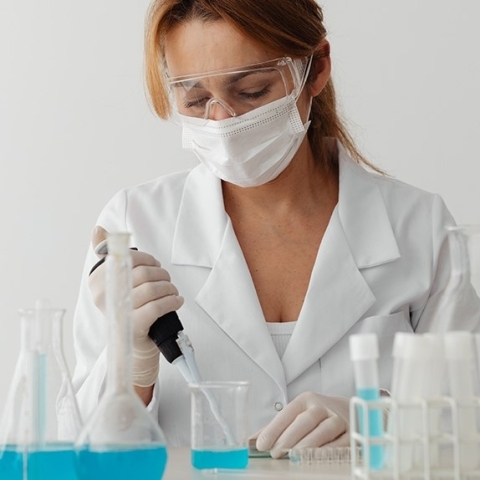
Interest in flavanols continues to gain momentum – compelling research showing their benefits for cardiovascular and cognitive health has been hitting the headlines. Last year, the Academy of Nutrition and Dietetics issued the first authoritative guidance on flavanols, recommending a daily intake of 400-600mg to support cardiometabolic health.
For consumers seeking to increase their dietary flavanol intake, they need to know how much of which foods will help to maintain a flavanol-rich diet. This is where flavanol analytics plays a critical role, and I’m excited to share that our latest research in this area has been published in Food Research International.
For many years, my colleagues and I at Mars Edge have worked to develop analytical tools that allow us to precisely and accurately quantify cocoa flavanols, the specific mixture of flavanols found in cocoa. We’ve done this in collaboration with AOAC International, an association that sets standards for methods of food analysis, the National Institute for Standards and Technology (US Department of Commerce), and academic partners. We have now established the benchmark for analysis, meaning the wider industry can accurately quantify flavanol content independently.
Our journey towards setting the industry standard for cocoa flavanol analysis
Our latest achievement brings our work full circle. We have been developing analytical methods for cocoa flavanols for 15 years, and in 2020 our research team developed a new and improved way to measure and quantify cocoa flavanols more accurately. For the first time, this used a publicly available, NIST-standardized cocoa flavanol reference material, which ensures accuracy, consistency, and international recognition for the process.
A project co-led by scientists at Mars and Eurofins validated the repeatability and reproducibility of this latest method across ten laboratories. The collaboration enabled our method to be certified in 2022 as an Official Final Action Method by AOAC International – a first for flavanol analytics.
The next step towards real-world implementation of the method is a benchmark for analysis.
So, we set to work. We gathered method performance data from 11 laboratories across the globe that applied our new method. Through this, we developed guidelines for routine analysis that are rooted in making the systems more precise and used acceptance criteria for assessing reference material.
Using these criteria allowed researchers to monitor laboratory equipment performance over time and test their own proficiency in using the equipment and method. Following this approach, which is approved by AOAC International and published in Food Research International, also makes it easier to test compounds like flavanols consistently and accurately in different laboratories. Ultimately, the more accurate the testing, the more reliable the results – and the higher the standard of analysis we can achieve.
A critical step forward for flavanol analytics
There is significant potential to adapt the method to other high-flavanol foods like tea, apples, and berries; cranberries, which have a similar flavanol structure to cocoa, are a natural next step in the flavanol measurement journey but are not yet quantified with the same quality of testing as cocoa flavanols.
We also seek to further explore the flavanol (-)-epicatechin, the specific flavanol molecule that is predominantly responsible for the beneficial health effects of dietary flavanols. This would open new avenues for research and nutritional advancements. We are incredibly excited about what this means not just for cocoa flavanol research, but for all these broader applications – and for nutrition and wellbeing more widely.
The wider benefits for food labeling
Standardizing cocoa flavanol analytics means the scientific community and industry can independently measure cocoa flavanol content consistently and precisely, using a uniform language. As interest in flavanols becomes widespread, more consumers are seeking to increase their dietary flavanol intake. Transparent and accurate food labelling means better informed, healthier choices, aligned with their dietary preferences and nutritional goals.
